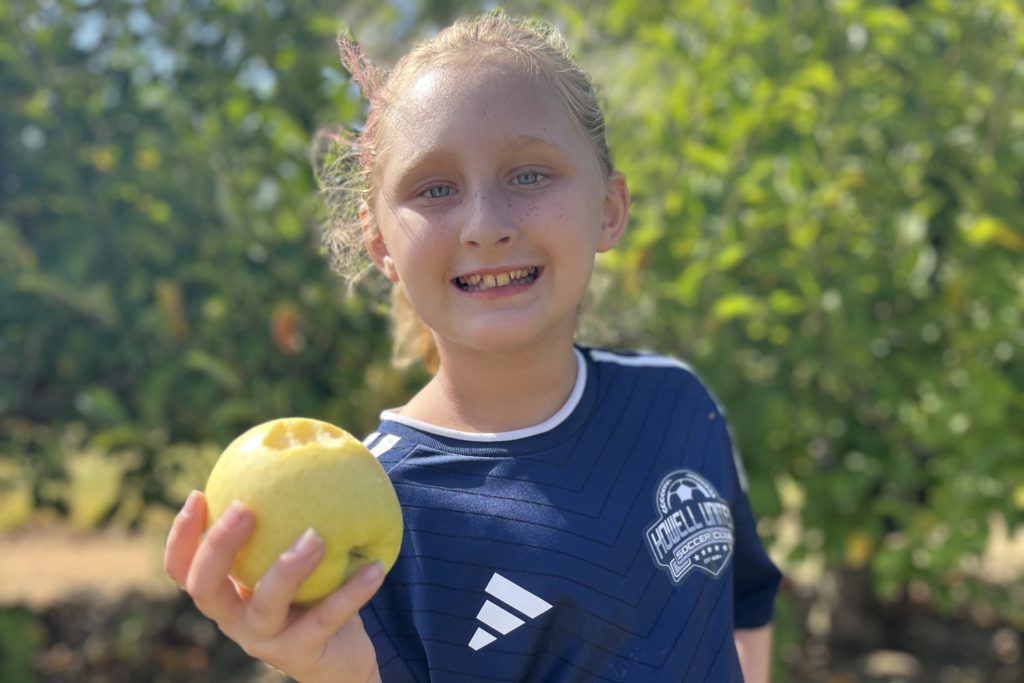Fanconi anemia (FA) is a hereditary disorder with a high predisposition to cancer, especially leukemia and squamous cell carcinoma (SCC). Head and neck squamous cell carcinoma (HNSCC) is the most common SCC diagnosed in people with FA. Diagnosis typically occurs at an earlier age in this population and patients often have poorer outcomes compared to the non-FA population. The pathophysiology of FA SCC is not currently well understood and new approaches are needed to both prevent and treat these aggressive cancers in the FA population. Many FA researchers are focusing efforts on advancements in early detection, prevention, and genomic analysis of FA tumors and pre-clinical SCC FA models. Researchers presented on these topics at the FA scientific community at the 2019 FARF Scientific Symposium.
Dr. Eunike Velleuer from the University of Duesseldorf and the Children’s Hospital Moenchengladbach Neuwerk presented her work on a clinical research study that was initiated in 2006 for early detection of oral lesions in people with FA. The goal of the study was to determine whether visual inspection of the oral cavity, followed by brush biopsy and cytological sampling and DNA analysis of visible oral lesions, has high diagnostic accuracy. The study results show that this approach is indeed a useful technique to detect the presence of cancer. Importantly, this work demonstrates that people with FA with a negative test result would not require additional incisional biopsies for diagnosis. The technique also results in detection of a substantial number of SCC and precursor lesions at a non-invasive or early stage. This study was recently published in the journal Cancer Cytopathology. Results from this study were published in early 2020 in the journal Cancer Cytopathology.
Dr. Parinda Mehta from Cincinnati Children’s Hospital reported on outcomes from a phase II clinical chemoprevention trial for squamous SCC in people with FA. The purpose of this phase II study is to determine whether quercetin (a naturally occurring anti-oxidant) treatment for 2 years will prevent or delay the development of SCC in 45 post-transplant and 10 pre-transplant patients with FA. Clinical and laboratory tests will determine whether quercetin is effective at reducing oxidative stress and DNA damage. The expected positive impact is that this will lead to a new prevention strategy for SCC in post-transplant patients with FA that will eliminate or at least delay the development of SCC. So far, 20 people with FA were enrolled in the study between May 2018 and May 2019. The median age is 17.2 years; 17 people were post-hematopoietic cell transplant, and 18 of the participants have been on quercetin for a median of seven months. All patients are tolerating quercetin well, and in six patients with available results, the frequency of micronuclei (measure of genomic instability and DNA damage) in oral mucosa brushings decreased by 29% after one month and after six months of treatment with quercetin. The interim results demonstrate that quercetin therapy is well tolerated and leads to improvement in surrogate markers of genomic instability/DNA damage in buccal mucosa.
Dr. Josephine Dorsman and Mr. Khashayar Roohollahi from Amsterdam University Medical Center presented their work focused on identifying the vulnerability in FA HNSCC and characterization of preclinical models that are used to study the mechanisms of the disease. These are important studies because developing an understanding of how FA-pathway deficient cancer cells acquire growth advantages is needed to develop tailored and less-toxic therapeutic options.Dr. Josephine Dorsman and Mr. Khashayar Roohollahi from Amsterdam University Medical Center presented their work focused on (1) identifying the vulnerability in FA head and neck squamous cell carcinoma (HNSCC) and on (2) characterization of preclinical models that are used to study the mechanisms of the disease. These are important studies because developing an understanding of how FA-pathway deficient cancer cells acquire growth advantages is needed to develop tailored and less-toxic therapeutic options.
Dr. Dorsman presented the work of Dr. Govind Pai, a postdoc in her group, who is trying to identify which proteins are required to keep FA cancer cells alive. By “knocking down” or eliminating different proteins using a special screen, Dr. Pai hopes to identify drugs that will target these proteins without affecting normal or non-cancerous cells. Dr. Dorsman’s research group identified RBBP9 as a potential protein that could be targeted to kill FA cancer cells. RBBP9 has also been shown to play a role in pancreatic cancer cell survival by other research groups. Dr. Dorsman will continue investigating RBBP9 and additional factors that are crucial for tumor cell survival that could be exploited for clinical benefit.
Mr. Roohollahi, a student in Dr. Dorsman’s research lab, presented his work on using a range of sequencing methods to characterize the mutation and expression profiles of six cell lines derived from head and neck tumors from people with FA. Researchers also performed this analysis on cell lines derived from non-FA tumors. The results show that the FA-HNSCC cell lines do not differ drastically from non-FA tumor cell lines and that specific genes involved with immune system response, tumor-promoting signaling, and cell cycle regulation were different between these two groups. This work demonstrates the importance of understanding the underlying mechanisms of tumor development and survival as a way to exploit therapies.




